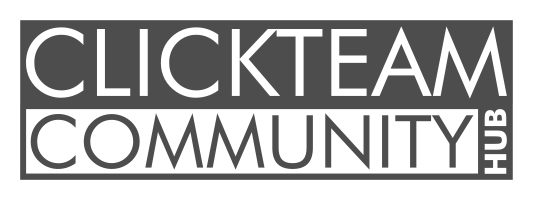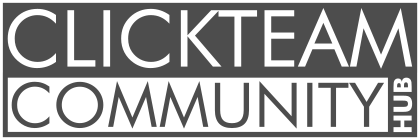Hi all,
Our office has 14 Windows 7 64-bit machines in it, all networked to a common server. Some of the staff prefer to leave their machines on overnight with documents ready for the following day - makes the machines 'perkier' the following morning.
What I'd like is a system which hibernates any machines which are still running at (say) 8pm at night, and wakes them again at 5am the following morning.
Easy to do with task scheduler and BIOS, but we need a solution which *only* wakes them up if they hibernated automatically. In other words, if I switch my PC off when I leave at 5:30pm, I don't want it waking up automatically at 5 in the morning.
If it were me, I'd build a client-side app to tell the server: 'Hey, it's late. I'm gonna hibernate. Wake me up in the morning.'
The server would log which of its babies had hibernated automatically that night and send them a Wake up on Lan call bright and early the following morning.
But I haven't coded things like that in years, so it'd probably just be cheaper to pay someone else to do it ![]()
Could you give me some quotes for something like this (or an alternative you may judge is better), either by replying to this thread or through PM, so I can get a rough idea and run it past the directors?
Thanks


